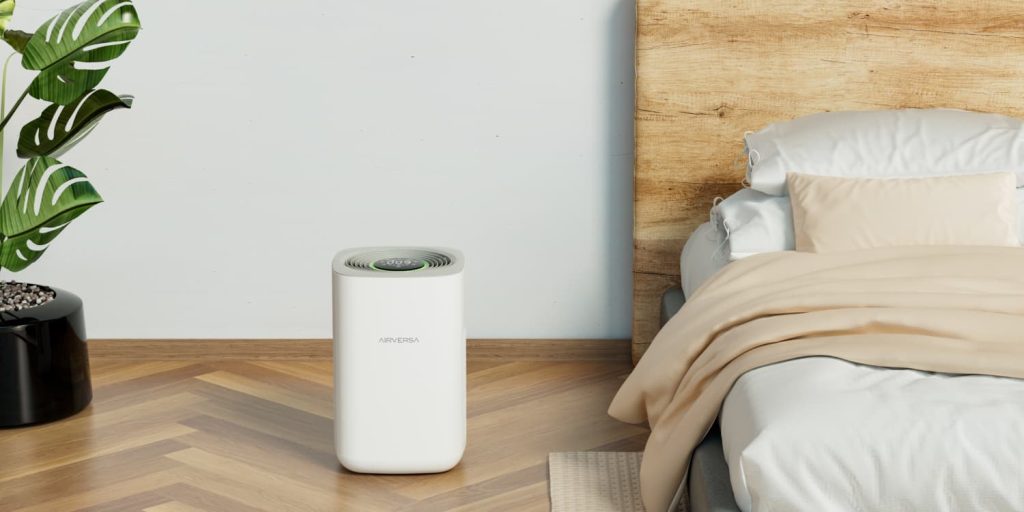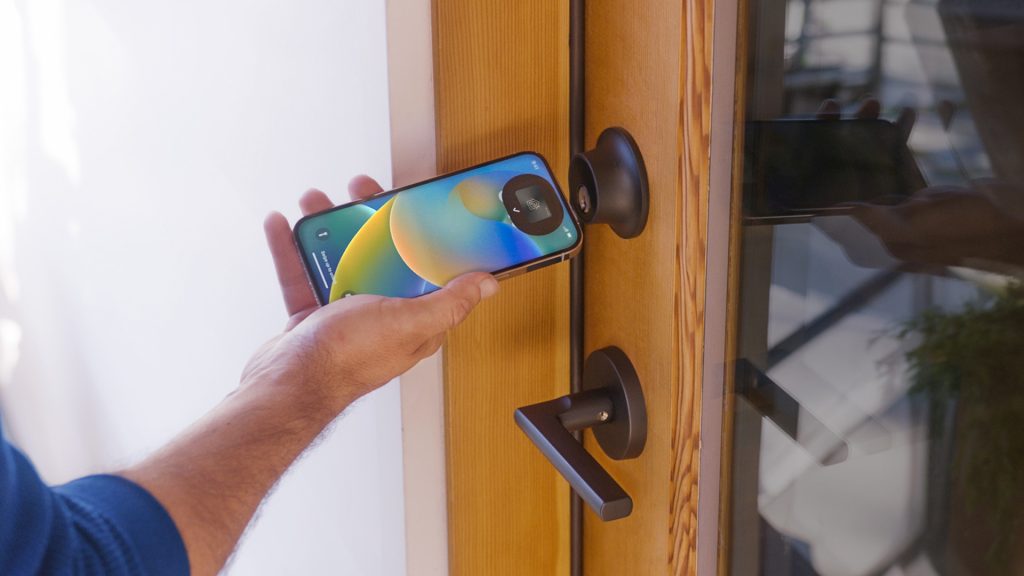
One of the biggest challenges with a smart home is knowing…when you’ve gone too far with your gear purchases and your home is so heavily tied to a smart home platform that without access to Wi-Fi, your home is fundamentally useless. For this week’s edition of HomeKit Weekly, I want to explain how I’ve tackled this problem and how to know when too much HomeKit is just too much.
HomeKit Weekly is a series focused on smart home accessories, automation tips and tricks, and everything to do with Apple’s smart home framework.
HomePods are a must
With HomeKit, I consider one of the essential aspects to be the ability to access it without needing a device. Especially for light automations, needing to pull out an iPhone or an Apple Watch to control them is a party foul in my opinion. Access via Siri is table stakes, and therefore a HomePod should be in each of the rooms of your house that have smart lights like the Philips Hue or other HomeKit light bulbs. With lighting, I try to envision how someone who’s not me will interact with them. Can a babysitter use them? Can my kids use them? I love HomeKit bulbs, and they are part of any modern HomeKit home, but I believe they need at least a HomePod mini to be accessible and usable in such a way that it’s more convenient than finding a light switch or manually turning on a lamp.
No response = throw it out
If you’re a HomeKit user, you may have experienced frustrating moments when your smart devices suddenly stop responding and throw up the dreaded “no response” error in the Home app. It’s without a doubt the single worst thing about HomeKit. Why does it happen? Is it the device’s fault? Is it a Wi-Fi issue? Will a firmware upgrade fix it? I’ve set an internal mental note that if a device has to be rebooted more than a handful of times over the course of a few weeks, I’ll check for a firmware update. If one isn’t available, I’ll throw the device out. It’s in these situations where any time and mental savings of home automations are not worth the frustration.
Where am I doing the same thing that could be automated?
When I notice that I am continually doing the same thing over and over again, I look to automation to take that mental exercise off my plate. Here’s a good example: I continually turn on the same lamp first thing in the morning as we’re getting ready for school/work. That’s a prime operation to automate. I can take either a HomeKit bulb or a HomeKit outlet and automate that process. I can use a HomeKit motion sensor to build an automation that says “when this sensor detects motion after 5:00 AM, turn on this light.” I could also use simple, time-based automation to turn on that light at a pre-set time in the morning. HomeKit is flexible enough to allow for custom schedules where weekends look different than weekdays.

Another example is with HomeKit air purifiers. This is a prime example of when a product becomes somewhat self-sustaining. These products include built-in air quality sensors, so HomeKit automations can be used to have the products automatically turn themselves on when air quality dips below a certain threshold to clean up the air and then turn themselves back off. Outside of needing to change the air filters, it becomes an automation you virtually never have to think about again.
HomeKeys are now a must-have

After long ignoring the concept of HomeKey, I am now firmly in the camp of believing HomeKey is a must-have for a proper HomeKit home. While I love the location-based automations of HomeKit locks like the August Lock, after spending a few months with HomeKey, I can’t go back. After thinking through the “why” in terms of HomeKey being something I’ve fallen in love with, I’ve come up with this: It’s an effortless way to interact with my home without feeling like it’s yet another app to manage. I walk up, tap my phone on my lock, and it unlocks. It’s the closest thing to the simplicity of an analog experience that I’ve come to with smart homes. If you think about it, it’s a “digital” key, Yes, I realize the name “HomeKey” should have clued me into that concept, but think about the idea of an “analog” key. It’s a unique tool to unlock a door that requires you to be in front of it. HomeKey bridges the analog world to the digital world.
Wrap up: TL;DR
There’s a tendency to want to automate everything with your home when you get started with HomeKit. There have been products that I’ve installed in certain rooms of my home that I’ve later gone back to and put analog versions back in their place. Whether it’s for reliability or ease of use, there’s a balance between where you should automate and where you should lean on simplicity.
When considering what kind of products will “spark joy” for your HomeKit experience, consider places where you’re doing the same thing over and over again (turning on lights, setting the temperature, managing air purifiers, etc) and think through what a HomeKit automation for those situations might look like. For me, automating lights in our living room with a quality dimming experience is HomeKit perfection. If you’re just getting started, consider picking up a Philips Hue starter kit.
Add 9to5Mac to your Google News feed.
FTC: We use income earning auto affiliate links. More.







